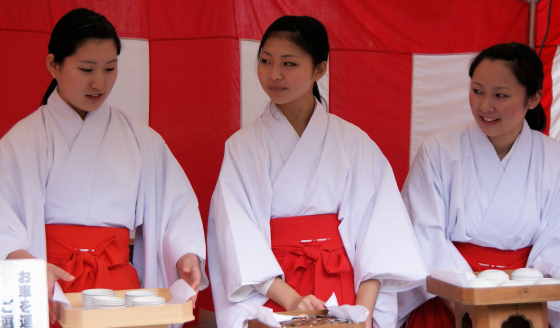Gongendo Shrine is a Shinto shrine on Ishigaki Island in Okinawa Prefecture. It is claimed that Okinawa is part of Japan, and it is also claimed that "Shinto" is the indigenous religion of Japan that dates back thousands of years into the mists of prehistory.
Gongendo Shrine was established in 1614, though it was destroyed by a tsunami in 1771 and rebuilt in 1786. and as far as I am able to discover was the first Shinto shrine on the island.
The Ryukyu Kingdom was established on the main island of what is now called Okinawa in the 15th Century and later took control of Ishigaki. In 1609 the Japanese Satsuma Clan invaded the Ryukyus and established military domination. Gongendo Shrine was built in 1614.
Like most Japanese shrines of that time Shinto architecture and ornaments and such were heavily Buddhist, and so it is here at Gongendo, though the Chinese influence is evident. Gongendo Shrine is immediately adjacent to Torinji Buddhist temple which I will cover in my next Okinawa post

































